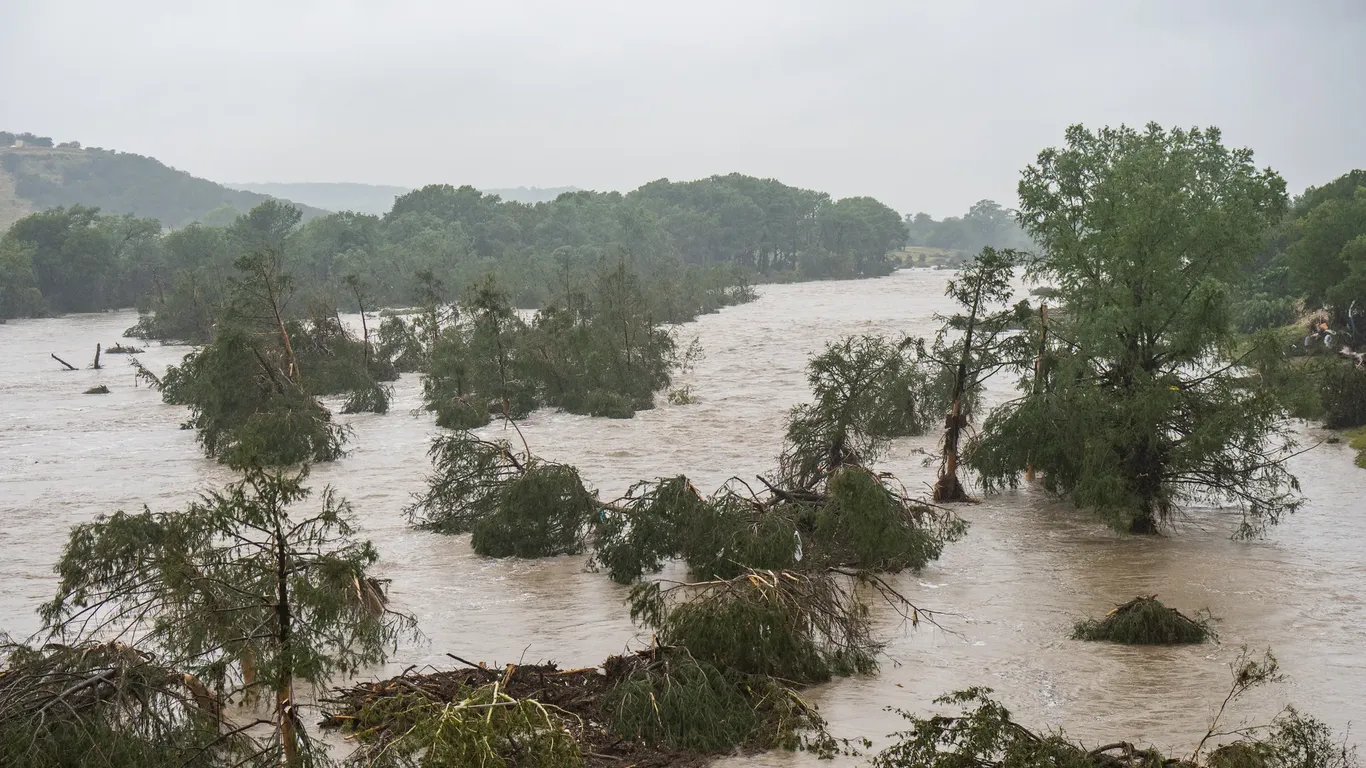As countries worldwide experience more regular extreme weather events, insurers have become more reluctant to cover properties in high-risk areas. However, without insurance, it is impossible for many people to gain access to mortgage financing. We are seeing an insurance crisis in the United States, as insurers are becoming less likely to offer coverage for homes in certain areas, particularly those that have experienced natural disasters, such as flooding and wildfire, in recent years.
Between 2018 and December 2024, over 1.9 million home insurance contracts were “nonrenewed”, meaning they came to an end. The nonrenewal rate tripled or more in over 200 U.S. counties, according to a congressional report. These figures became clear following an investigation spurred by the Senate Budget Committee, which demanded in November 2023 that the largest U.S. insurance companies provide the number of nonrenewals by county and year.
Some states and cities are seeing greater nonrenewal rates than others, particularly those at greater risk of fire, flood, hurricanes and other severe weather events. Although there is still a lack of information on the reason behind the nonrenewals, the countrywide map of nonrenewals strongly reflects the climate crisis as it is being seen across the U.S. Some of the areas most affected include California, Florida, and North Carolina.
Following the publication of the report, Senator Sheldon Whitehouse said, “The climate crisis that is coming our way is not just about polar bears, and it’s not just about green jobs.” Whitehouse added, “It actually is coming through your mail slot, in the form of insurance cancellations, insurance nonrenewals and dramatic increases in insurance costs.”
According to the National Oceanic and Atmospheric Administration, in 2024, there were 27 individual weather and climate disasters, coming only behind the record-setting 28 events in 2023. Last year was the fourth-costliest year on record in terms of these types of events, with a total cost of approximately $182.7 billion, coming after 2017 ($395.9 billion), 2005 ($268.5 billion), and 2022 ($183.6 billion). The 2024 weather events included storms, wildfires, droughts, flooding, tornadoes, tropical cyclones and other types of extreme weather.
In addition to considering which areas are “high risk”, insurers also assess the building materials used for construction. Many mobile or manufactured homes are not covered by insurers. Companies may also impose restrictions on houses constructed out of wood and other fire-prone materials. However, even states with strict building codes are seeing more coverage denials. In California, which has strict building codes to mitigate wildfire risk, insurers have been increasingly rejecting requests for coverage. In certain counties, nonrenewal rates have risen by over 500 percent since 2018.
The government has started to respond to the problem in some areas of the country. For example, in December, officials announced that they would make it easier for insurers to increase rates, but in exchange, they must agree to continue insuring consumers in fire-prone areas. Other state and local governments are carrying out prescribed burns in residential areas, as well as clearing vegetation close to houses, to reduce the risk of wildfire spread in these areas.
Some companies have halted new insurance policies in certain parts of the country, such as AllState. In 2022, AllState paused the sale of new home and condo insurance policies in California. A spokesperson for the firm stated, “Our payments to help California residents recover from accidents and disasters have increased significantly in recent years due to higher repair costs and more frequent and severe weather… We continue to offer coverage to most existing home insurance customers.”
State Farm, one of the biggest insurance providers in the U.S., followed suit in 2023 by halting the sale of new housing insurance products in California. In Florida, by the spring of 2024, at least 12 insurance companieshad stopped selling housing insurance in the state. Farmers Insurance stated upon withdrawing from Florida, “This business decision was necessary to effectively manage risk exposure.”
A 2024 report by the non-profit First Street Foundation, showed that 23.9 million properties in the U.S. were at risk from damaging winds, 4.4 million properties were at risk from wildfire, and a further 12 million properties were at significant risk of flooding – in addition to properties in the Federal Emergency Management Agency (Fema)'s Special Flood Hazard Areas. The report stated, “Private insurance companies are effectively labelling areas as uninsurable.”
The result of the withdrawal of insurance companies from certain parts of the country is the inability for consumers to get a mortgage, meaning fewer people can buy a house. As houses sit empty, it drives down property prices in the area and leads to less tax revenue being collected to invest in services. Many communities are facing these consequences and feel left behind. If the U.S. government does not take action to mitigate the risk of the impact of extreme weather events in these areas or encourage insurers to continue covering high-risk areas, this will happen to a greater number of communities across the country.
By Felicity Bradstock for Oilprice.com
More Top Reads From Oilprice.com:
- Coal Ash Holds Unexpected Wealth in Rare Earth Elements
- Iraq Claims Top Spot Among OPEC Crude Suppliers to the U.S.
- Russia’s Oil Exports Stagnate as Prices Sink and Sanctions Bite









 English (US) ·
English (US) ·